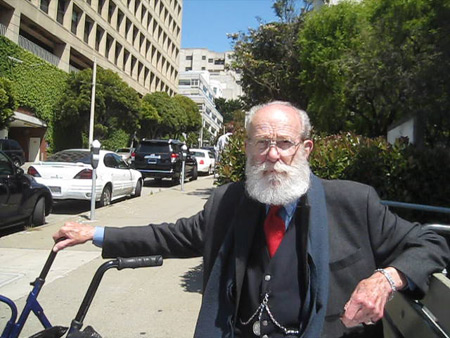
Longtime local resident John Gaul and (below) his new feline friend.
By BARBARA KATE REPA
FOR MANY YEARS, John Gaul has been a fixture on Fillmore. Strolling and bussing through the neighborhood, he has been a dapper presence, doling out advice and good cheer along the way.
 But just lately, his gait has slowed. He is getting about now with the help of a walker since he fell on the stairs a couple of months ago while giving one of his regular tours at the Haas-Lilienthal House on Franklin Street. And then he lost a dear and longtime live-in companion: a tabby cat named Felix. But his spirit remains strong, and he’s still up for a new challenge.
But just lately, his gait has slowed. He is getting about now with the help of a walker since he fell on the stairs a couple of months ago while giving one of his regular tours at the Haas-Lilienthal House on Franklin Street. And then he lost a dear and longtime live-in companion: a tabby cat named Felix. But his spirit remains strong, and he’s still up for a new challenge.
“I’m going through what people my age go through — a seismic shift, a breakdown of the body,” says Gaul, who will turn 87 in November. “But I have to go on. And I wanted something that needed someone to take care of it.”
But Gaul’s attempts to adopt a new feline friend were unsuccessful at Animal Care and Control, the San Francisco SPCA and Pets Unlimited — all of which rejected him because of his age, or his aloneness, or his limited funds.
By most lights, the rejections are hard to imagine. Gaul, who lives at the John F. Kennedy Towers public housing complex on Sacramento Street, just off Fillmore, is a vibrant being — full of good conversation and astute observation.
As he gets about the city, he’s always dressed to the nines, nattily attired on a recent day in a red tie, blue striped shirt, vest with double watch chain and herringbone jacket, his white beard impeccably groomed.
And then there’s the voice — a deliberate, old-fashioned oratorical cadence inspired by the radio days of the 1940s and nourished by listening daily to the announcers on the local classical station. “I like the alto voices and the counter tenor,” he says. “Somewhere in between; that’s where I want to be.”
So he works at it, doing daily voice exercises to perfect his pitch and studied delivery inspired by the Dale Carnegie training he emulates. But with Felix gone, there was no one to listen. “I wake up in the morning and there’s no living thing around,” he says. “I miss having a cat to pet.”
After he was repeatedly rejected by the likeliest animal shelters, a friend found a hopeful lead: Give Me Shelter Cat Rescue, a nonprofit group dedicated to finding homes for adult and senior cats — those most often euthanized in shelters. Its founder, Lana Bajsel, listened to a few details about Gaul’s situation and immediately homed in on a few potential prospects for him. She agreed to bring them to Give Me Shelter’s adoption center at the Petco on Sloat Avenue so they could all suss out one another.
On the appointed Sunday afternoon, she arrived pushing a shopping cart laden with three carriers, accompanied by loud choruses of meows from within.
“It was a circus all the way over here,” she announced, beckoning Gaul inside to meet her charges.
First out of the carrier was Brenda. As Bajsel extolled the 4-year-old female cat’s virtues — she had already been spayed, vaccinated, microchipped and tested for various diseases — Brenda let out a powerful hiss and swatted at Gaul’s extended hand.
Next up was Gypsy, another tabby with a small bald spot who nuzzled Gaul at once; and Buddy, a larger black and white fluffy male with a special fondness for Fancy Feast. Those two might as well not have bothered making the trip.
“That’s the one that appeals to me,” declared Gaul, eyeing Brenda. “Those markings. And the size; I’m in a small unit in city housing.”
“Ah, you like the spitfires,” Bajsel said, nodding knowingly.
Before they parted ways, Gaul had loaded Brenda in her carrier onto his walker, ready to head for home.
“She’s a beautiful animal: a tabby — I’m partial to them — with topaz eyes and white boots,” he explains to a visitor a week later. “And something seemed noble about her from the very beginning — the yowling, the hissing, the scratching. When I saw her, I thought: ‘I wonder what she’s protecting and how I could appeal to that.’ And I also thought: ‘Maybe I can do this. I want that challenge,’ ” he says. “The others thought she wasn’t adoptable. But I see something there. I just do.”
Bajsel later gives some details about Brenda’s challenging past: She came in to Animal Care and Control as a stray and was put on the list for disposition — a polite term for “kill” — after scratching a volunteer.
But Bajsel doesn’t blame the cat.
“Volunteers at Animal Care and Control are not always cat savvy. I’ve seen them, talking away on their iPhones when they’re supposed to be observing and handling the animals,” she says. “But if anyone gets scratched or bitten, the animal is automatically disposed of.”
Once she was ensconced in her new home with Gaul, however, Brenda slowly began to get a little friendlier. She also got a new name: Ariadne.
“In Greek mythology, Ariadne was stranded on an island in the Aegean Sea and left alone until she was found by the god Dionysus,” Gaul says. “It’s the story of abandonment and rescue — just like this one. I’ll call her Ari for short. She’s the perfect cat for me.”
While Ariadne’s not talking, the feeling seems to be mutual. She’s taken to curling just below Gaul’s knees as he naps in the afternoon. And recently, she swatted playfully at a chain he was putting on his wrist.
“She watches everything I do,” says Gaul. “Old men get up at night — and she follows me.” Then, for Ariadne, it’s back to the basket filled with fabric at the back of a closet that she claimed early on as her personal respite.
In her most accommodating moments, Ariadne will walk back and forth just under Gaul’s hand so that he can stroke her from nose to tail. “I get a delightful sense of touch — and I need that,” he says. “And even her yowling appeals to my aural sense.”
She’s yowling less frequently now, though. “We get along,” says Gaul.
He credits past experiences for his current pluck. For a decade, he conducted tours of the Palace of Fine Arts, designed by the legendary architect Bernard Maybeck for the 1915 Panama-Pacific Exposition. It was there that he connected with Maybeck’s daughter-in-law, Jacomena. The two became so close they talked at 9 o’clock every morning until she died a few years ago at age 95. He recalls her final words in their last telephone conversation: “I’m like a small child standing on the edge of the world. I’m ready to step off now.”
Gaul credits the friendship with an awakening. “Jacomena was a coach of sorts,” he says. “Through her, I began to know what Bernard Maybeck was about. And that fits in with honoring certain ideas, no matter how hard they are. I walked into that world, and I couldn’t have been more lucky.”
The friendship fueled Gaul’s interest in the Swedenborgian Church at Lyon and Washington Streets, which Maybeck helped design. He was a driving force behind getting the Swedenborgian declared a National Historic Landmark in 2004.
His last docenting gig was at the Haas-Lilienthal House, which he refers to as “that stately Victorian home,” where he took the life-changing tumble down the stairs.
Still, he’s not letting the fall keep him down. “If you don’t take on life, you’ll be a victim,” he says. “I won’t be that. What else do I have to do? Sit and feel sorry for myself? I won’t do that, either.
“And when I look back, I think life is good,” says Gaul, who adds he takes no medications and never has. “When you get old, you begin to see that life is winding down. Is it sad? No — not if I decide it’s not.”
Gaul says he now treasures his relationships with others more closely, particularly younger people he can help puzzle through their problems. He finds them serendipitously: on the bus, at the laundromat, in the Safeway.
But there’s nothing quite like a cat.
“This limerick I wrote sums it all up,” he says. “I call it ‘Lonely Old Man.’ ”
There was an old man, all alone
Who remarked, “I’m beginning to groan.”
Give Me Shelter heard that
And provided a cat
Which did quiet that lonely man’s groan.
More about Give Me Shelter
UPDATE: “They rescued each other“
Filed under: Body & Soul, Good Works, Locals | 7 Comments »


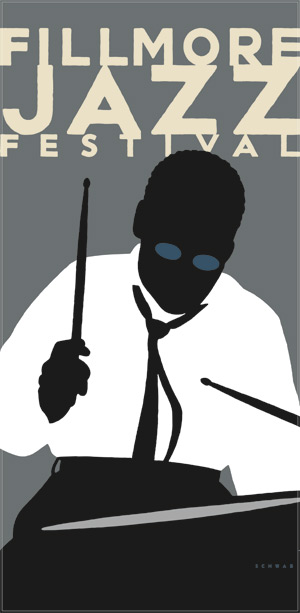


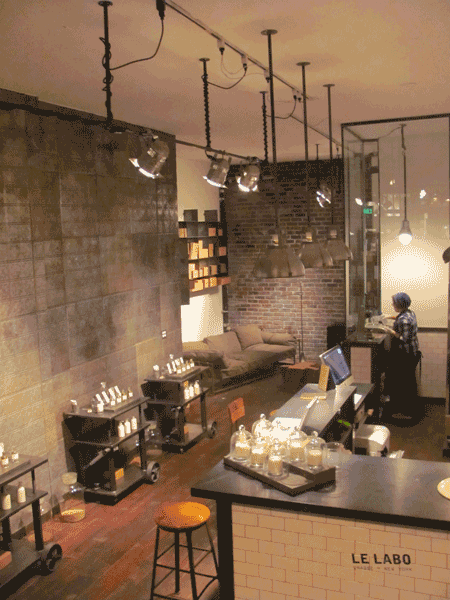
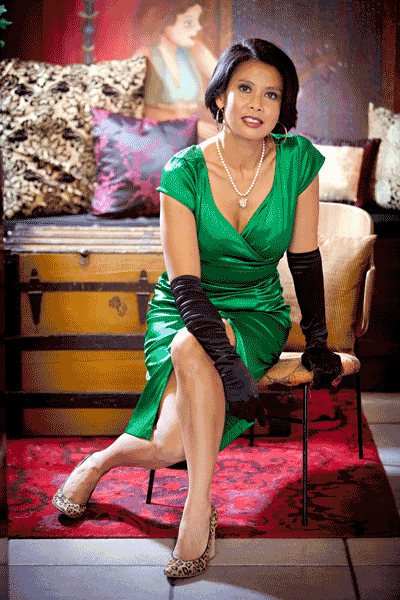

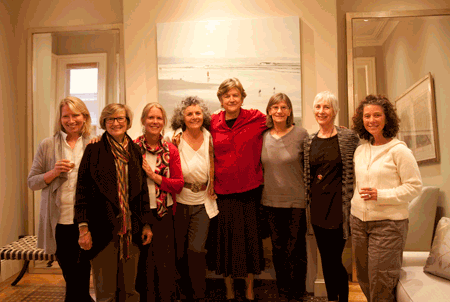
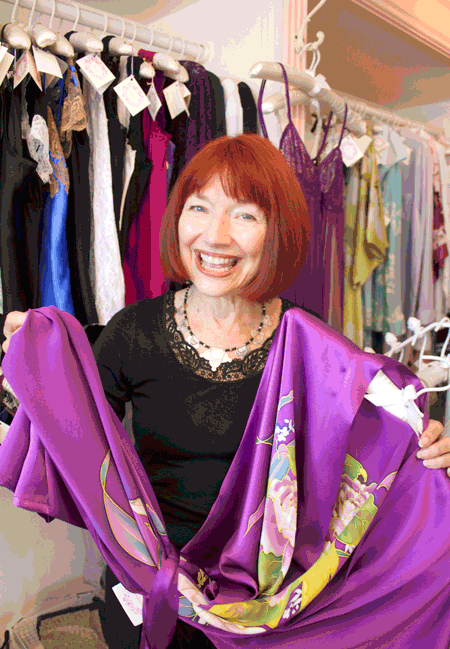
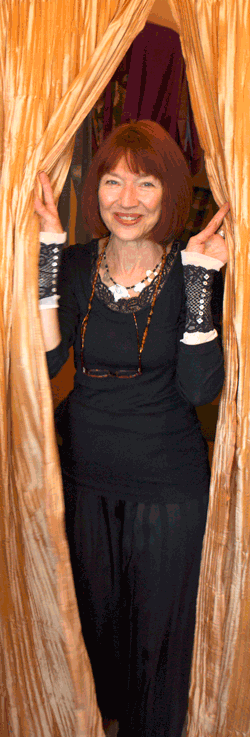
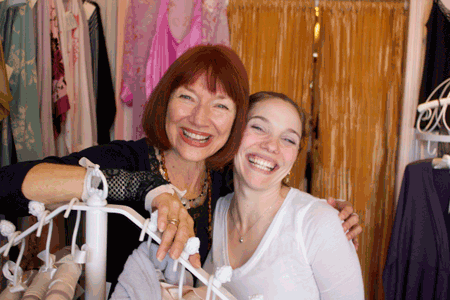
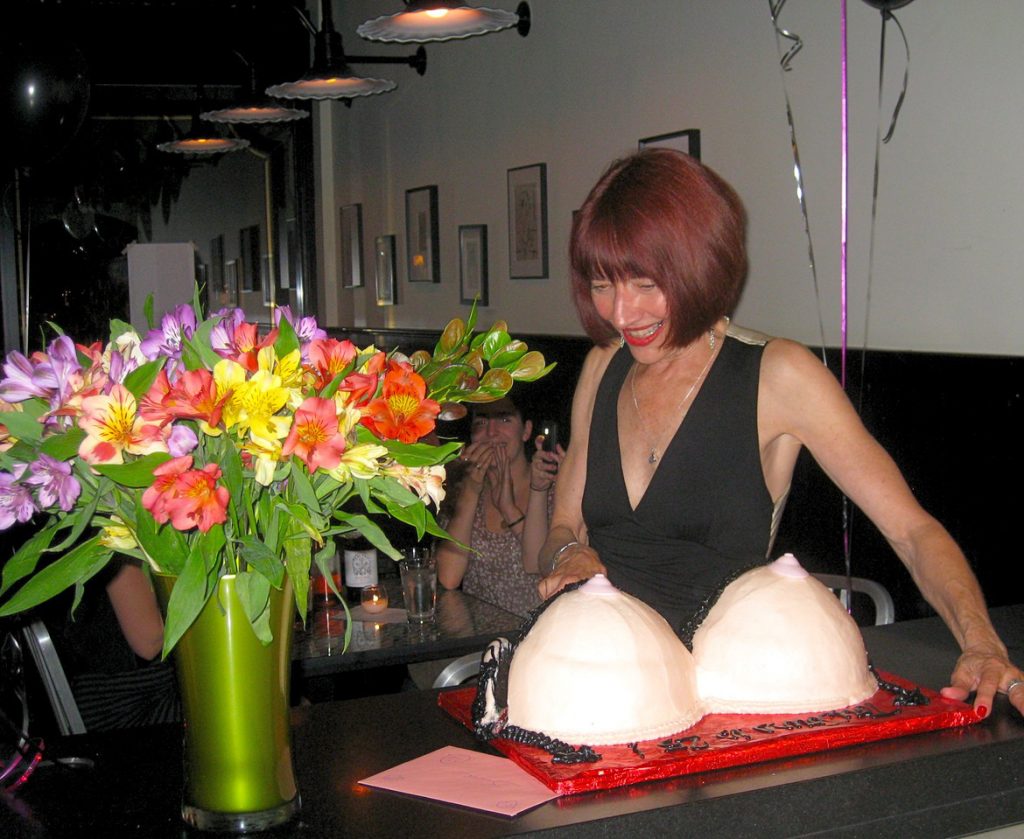
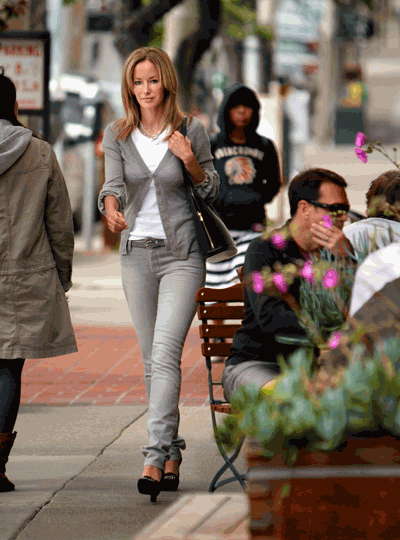
 The area around Fillmore Street has long been my home. I jog the steps of Alta Plaza and spend countless hours at the playground with my son. We love the yogurt at Fraiche, the pastries at the Boulangerie and the Fillmore Bakeshop — and we adored its predecessor, Patisserie Delanghe. We’re regulars at Delfina and Dino’s and Florio and SPQR.
The area around Fillmore Street has long been my home. I jog the steps of Alta Plaza and spend countless hours at the playground with my son. We love the yogurt at Fraiche, the pastries at the Boulangerie and the Fillmore Bakeshop — and we adored its predecessor, Patisserie Delanghe. We’re regulars at Delfina and Dino’s and Florio and SPQR.
